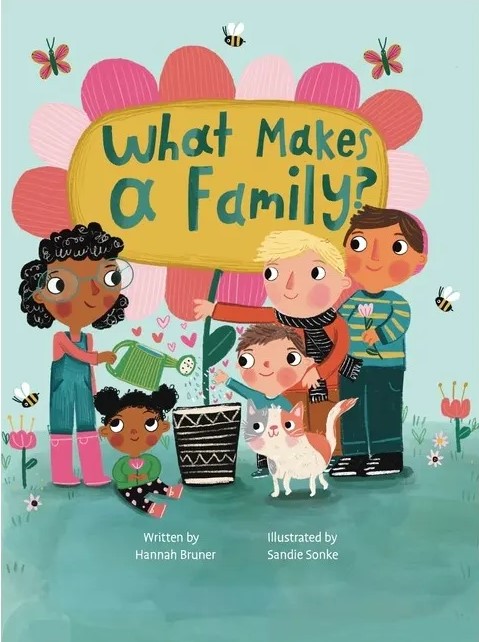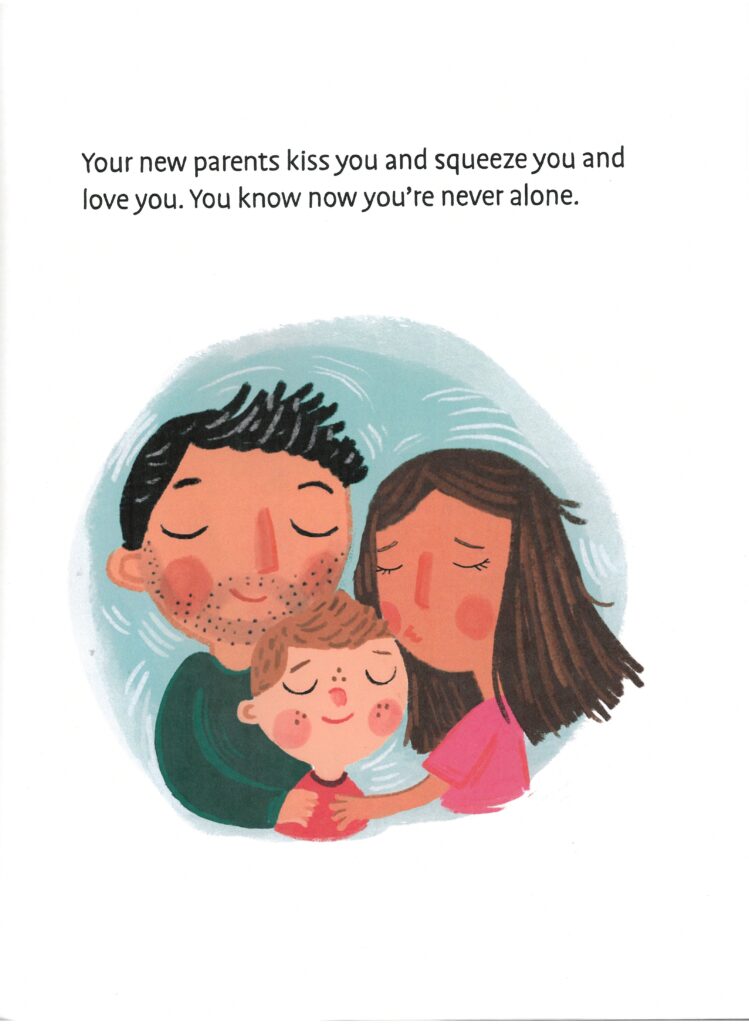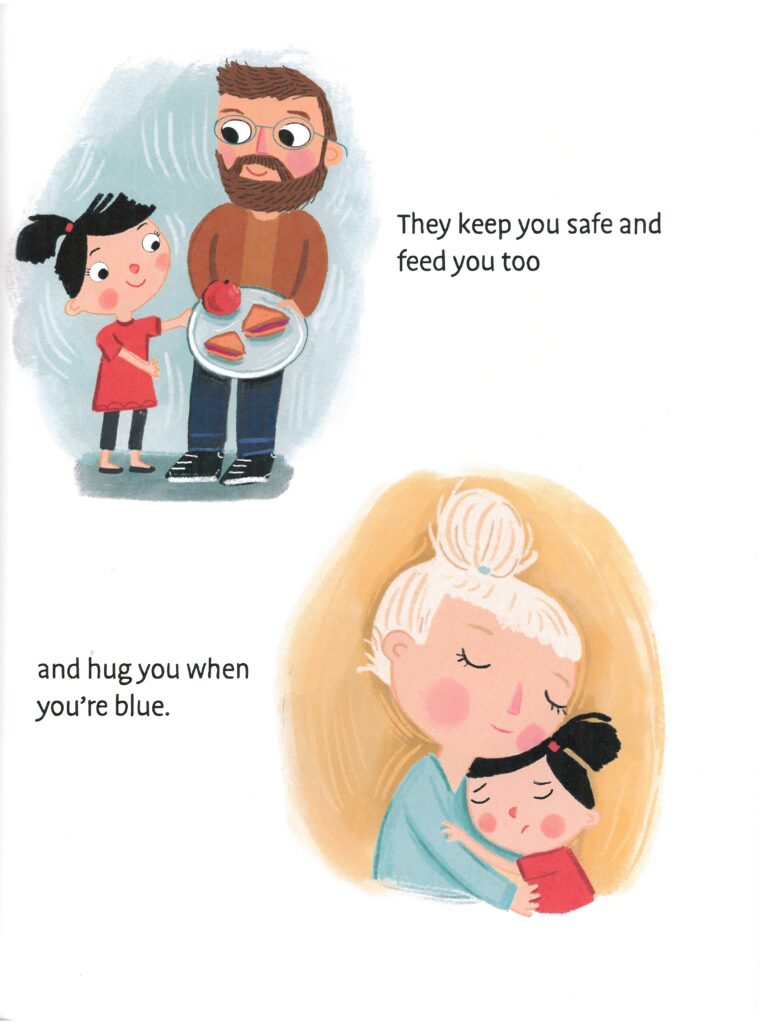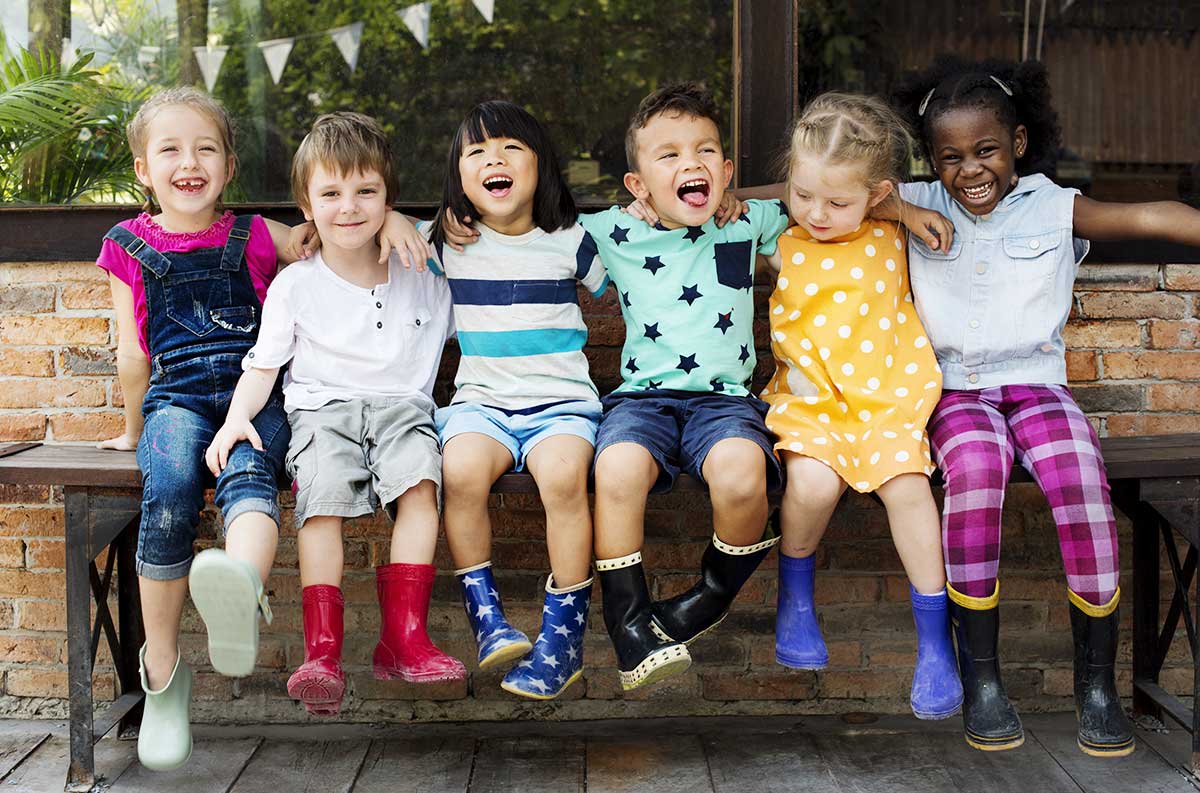
Inclusive Children's Book Teaching Guide
What Makes a Family
What is this book about?
Each family is different. Each family is unique!
Children will fall in love with this lyrical, whimsical ode to families in all of their different forms.
From blended families to foster families to LBGTQ+ families, this colorful, inclusive picture book introduces young children to the many different kinds of families in the world and the love that defines them all.
Who is depicted in this book?
- LGBTQ+ led families, as well as many other types of families
What early childhood themes and concepts does this book explore?
- The different ways that families are formed
- The love that families have in common
How does this book support anti-bias education?
By featuring a variety of family structures, What Makes a Family affirms and celebrates family diversity and gives children an opportunity to demonstrate family pride and show comfort in and confidence about their own family structures.
Depending on how the book is shared or used—and the developmental level of the children—the images and text may be used to support the following core goal from the book, Anti-Bias Education for Young Children and Ourselves:
Identity—Teachers will nurture each child’s construction of knowledgeable and confident personal and social identities so that children will demonstrate self-awareness, confidence, family pride, and positive social identities.
How can this book be used to meet early childhood learning standards?
For all ages
Use What Makes a Family to meet early childhood literacy standards >
For children from birth to age three
Teaching suggestion: Point out familiar people and relationships depicted in the book and model their names.
What Illinois Early Learning Guideline does this meet for children from birth to age three?
Developmental DomainLanguage Development, Communication and Literacy
Standard: Receptive CommunicationChildren demonstrate the ability to comprehend both verbal and nonverbal communication.
Indicators for children:
- Recognizes and demonstrates understanding of familiar pictures, people and objects, such as saying “mama” while pointing to mother (16–24 months)
- Responds verbally and/or nonverbally to comments or questions while engaged in conversations with both peers and adults (21–36 months)
Teaching suggestion: Point out and model ways that people show love to one another, such as hugs, cradling/cuddling a baby, holding hands, helping when someone is hurt or upset, or eating/playing together.
What Illinois Early Learning Guideline does this meet for children from birth to age three?
Developmental DomainSelf-Regulation
Standard: Emotional RegulationChildren demonstrate the emerging ability to identify and manage the expression of emotion in accordance with social and cultural contexts.
Indicators for children:
- Seeks out caregiver through physical actions (7–18 months)
- Seeks caregiver support when feeling overwhelmed by emotion (21–36 months)
For preschoolers (ages three to five)
Teaching suggestion: Invite the children to talk about family structures. Ask questions such as: "Who is in your family? What is the same and different among families?" Encourage the children to discuss and draw/write about their own families, including the people they consider to be family members and the activities that they share.
What Illinois Early Learning and Development Standards does this meet for preschoolers?
Social Studies Standard18BDevelop an awareness of self within the context of family.
Benchmark 18.B.ECa:
Understand that each of us belongs to a family and recognize that families vary.
See inside this book.


What other resources are available?
Visit the author’s website to learn more.
